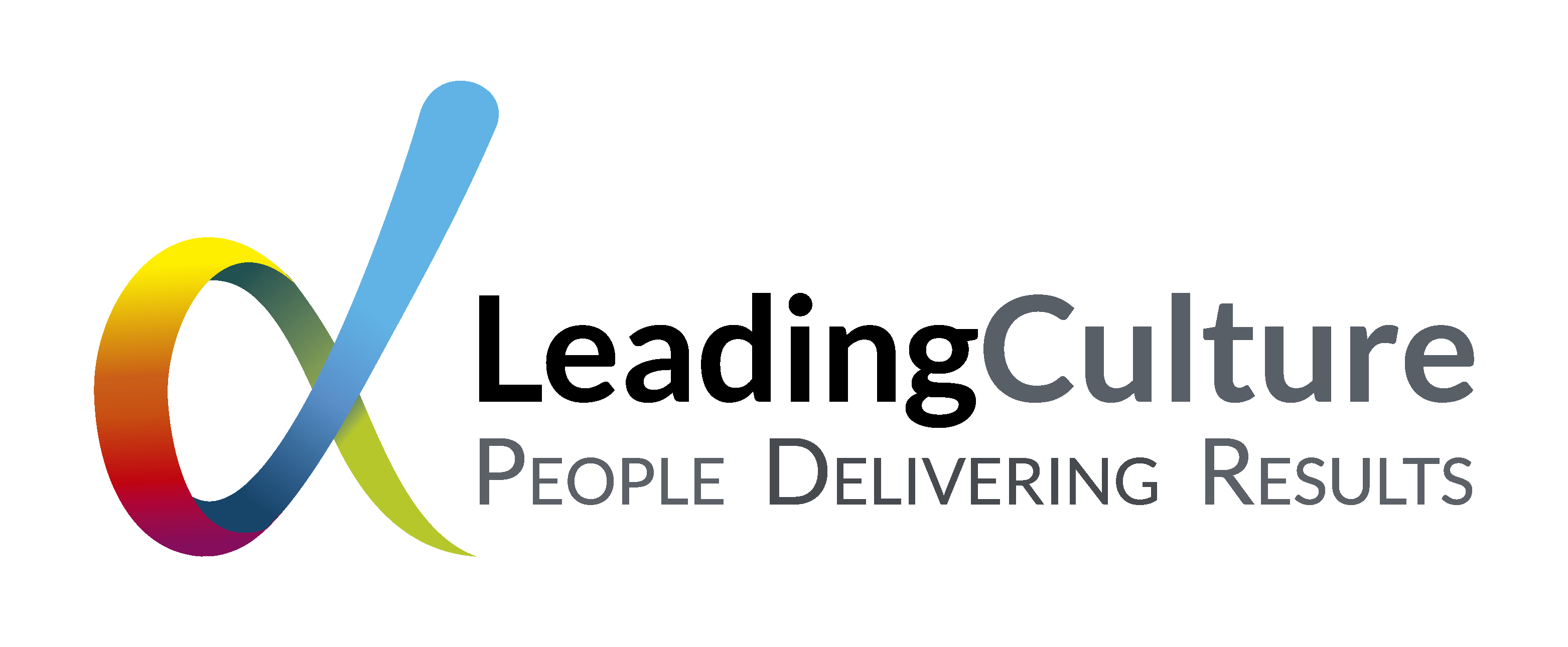Strategic Planning
Empower Your Business with Strategic Excellence


LeadingCulture’s strategic planning will help your organization to:
- Enhance clarity and focus: A strategic plan helps to define the purpose, values, and objectives of the organization, and communicate them clearly to the staff, customers, and partners. This can increase the motivation, commitment, and accountability of the organization.
- Make wise business decisions. Improving decision making: A strategic plan can provide a framework for evaluating and selecting the best opportunities, initiatives, and projects for the organization. It can also help to identify and mitigate the potential risks and challenges that may arise.
- Improve employee engagement. Clear direction helps employees understand how they can make a difference and contribute positively to the company. A great strategy includes critical success factors that incorporate core values and desired behaviours. In essence, it echoes the old adage, that we are not just brick layers, we are cathedral builders.
- Improve overall organizational performance. The formal planning process surfaces relevant issues, and strategic options, that would not otherwise be considered, and this may be one of the core benefits of corporate strategic planning. Making sure that top managers are paying attention to the right things is a valuable outcome of the process.
An Overview of our Strategic Planning Process

Step 1. Analyze the Environment
An environmental scan for strategic planning involves a comprehensive analysis of both internal and external factors that can impact an organization’s ability to achieve its objectives. This process includes evaluating market trends, economic conditions, technological advancements, regulatory changes, and competitive
Step 2: Develop a clear Mission, Vision and Values
Develop a clear and compelling Mission, Vision, and Values is a critical component of strategic planning.
- The Mission statement defines the organization’s core purpose and primary objectives
- The Vision statement articulates the long-term aspirations and desired future state of the organization, inspiring and guiding strategic initiatives.
- The Values define the fundamental beliefs and principles that shape the organization’s culture and decision-making processes.
Step 3: Establish Strategic goals and objectives
Goals are broad, long-term aims that reflect the organization’s vision and mission, providing a clear direction for growth and development.
- Objectives, on the other hand, are specific, measurable actions that support the achievement of these goals. They are time-bound and actionable, translating the broader aspirations into tangible outcomes.
- By setting well-defined goals and objectives, organizations can focus their efforts, allocate resources efficiently, and track their advancement towards achieving their strategic vision.
